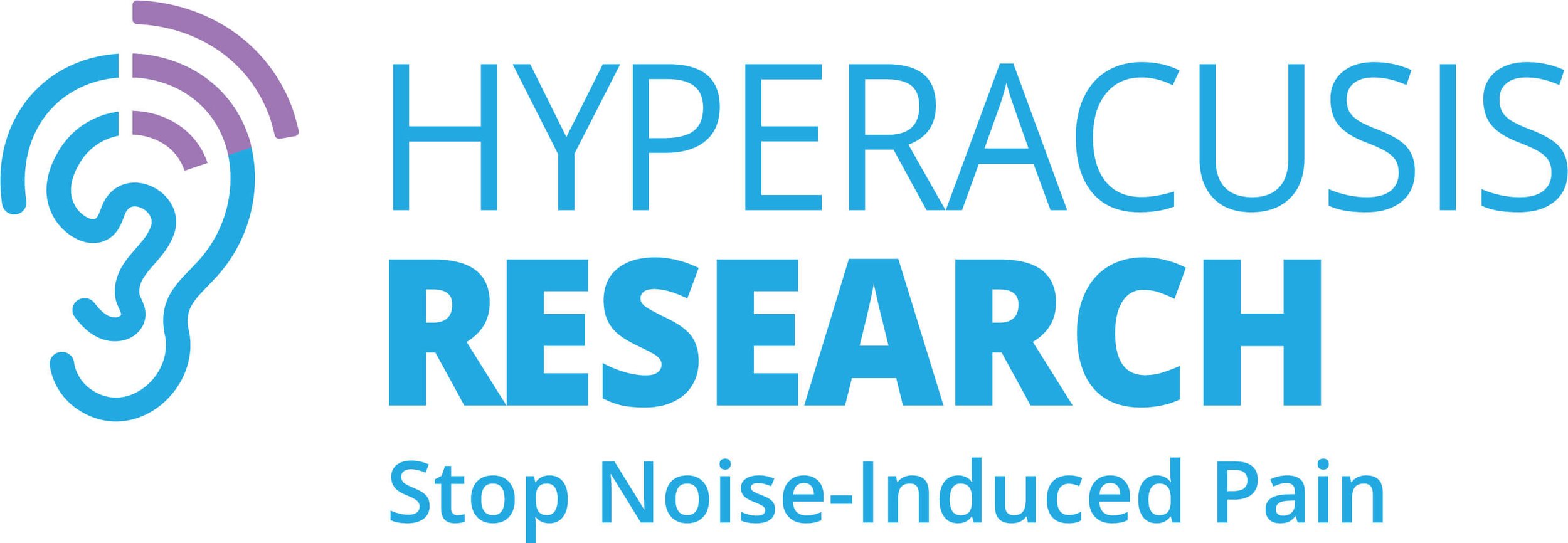Brad Buran, Ph.D.
Meet the Researcher
Brad Buran completed a Ph.D. in the Harvard-MIT Program in Speech and Hearing Bioscience and Technology.
He subsequently completed a postdoctoral fellowship at New York University with Dan Sanes, Ph.D.; worked for Galenea Corp. as a research scientist; and is now a postdoctoral fellow in Stephen David, Ph.D.’s laboratory in the Oregon Hearing Research Center at Oregon Health & Science University.
Read his Meet the Researcher story, the cover of the Winter 2017 issue of Hearing Health magazine.
The Research
Oregon Health & Science University
Neural mechanisms of hyperacusis in the inferior colliculus and cortex of ferrets with noise-induced auditory neurodegeneration
The development of effective treatments for hyperacusis (the diminished tolerance of loud sounds) and tinnitus (a persistent ringing in the ears) is limited by existing animal models. Current animal models are generated by high-intensity noise exposure or by the administration of salicylate, the active ingredient in aspirin. In addition to producing symptoms of hyperacusis and tinnitus, both of these manipulations lead to elevated hearing thresholds by damaging inner ear sensory cells. Damage to inner ear sensory cells leads to altered auditory processing, which makes it difficult to identify the specific changes that produce hyperacusis and tinnitus. While hearing loss is the primary risk factor for these disorders, they cannot be explained by damage to sensory cells alone. In fact, hyperacusis, tinnitus, and difficulty understanding speech in noise have been reported even in individuals with normal auditory thresholds. Therefore, in order to tease out the specific changes to the auditory system that result in tinnitus and hyperacusis, the ideal animal model should not have sensory cell damage.
Recent evidence from studies in mice suggests that moderate noise exposure can cause damage to the auditory nerve without altering hearing thresholds. Mice with this type of auditory nerve damage show symptoms of hyperacusis and humans who report tinnitus, but have normal auditory thresholds, also show signs of similar damage. It has also been hypothesized that auditory nerve damage will lead to increased difficulty understanding speech in the presence of background noise. Thus, moderate noise exposure provides a potential animal model for patients who have normal hearing thresholds, yet still experience hyperacusis, tinnitus, or difficulty hearing in noise. We will assess the perceptual effects of this auditory nerve damage by training noise-exposed ferrets to perform behavioral tests designed to parallel tests of hyperacusis, tinnitus, and difficulty hearing in noise that are conventionally used in human listeners. We will also assess how auditory responses in the central auditory system are altered by this type of auditory deficit to determine whether the changes in neural responses may explain the perceptual effects of hyperacusis, tinnitus, and difficulty hearing in noise.
Research Area: Hearing loss, auditory cortex plasticity, tinnitus, hyperacusis
Long-term goal: To understand how hearing loss alters central auditory system function and how this abnormal function can be ameliorated to improve auditory outcomes.


